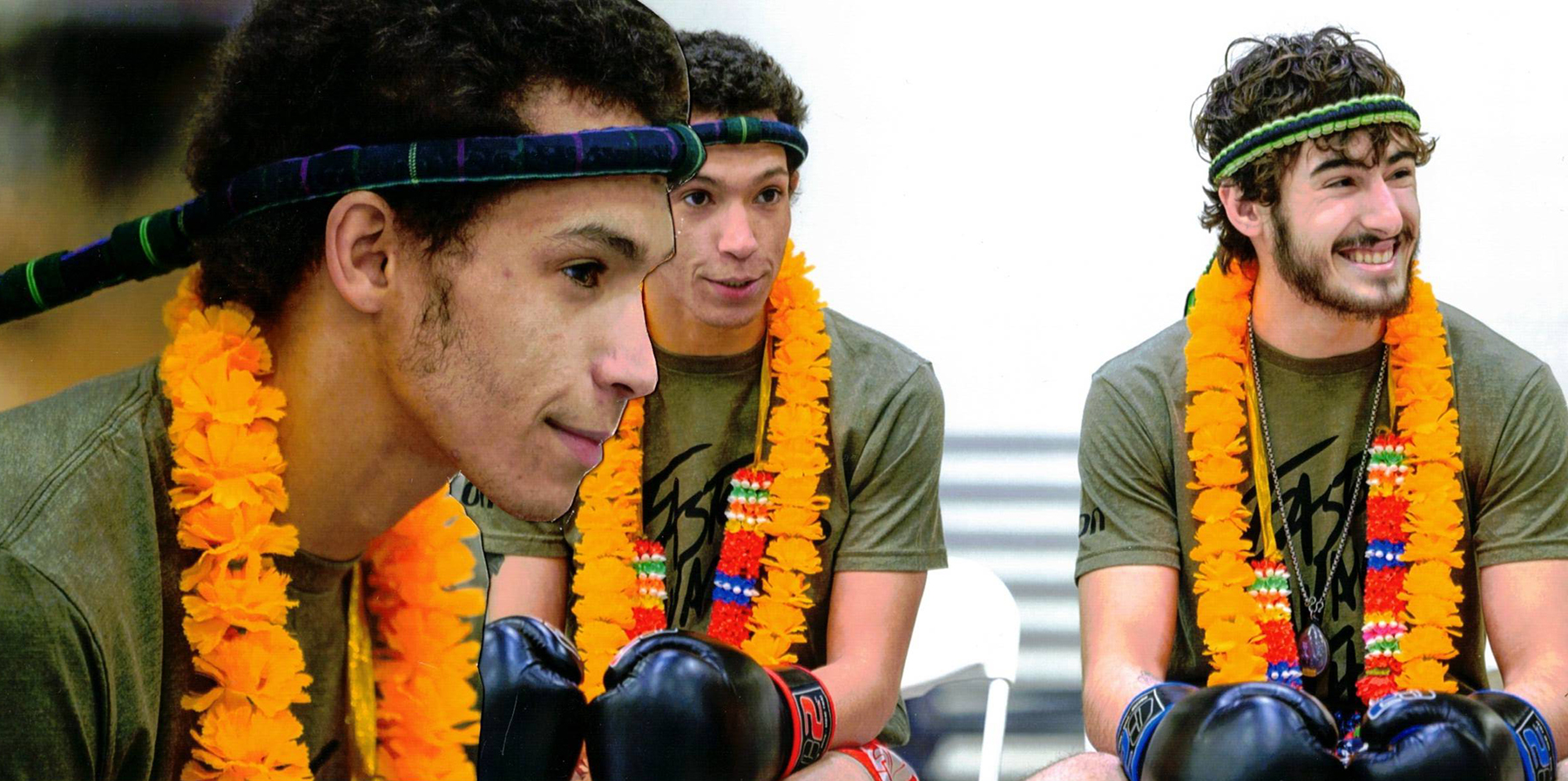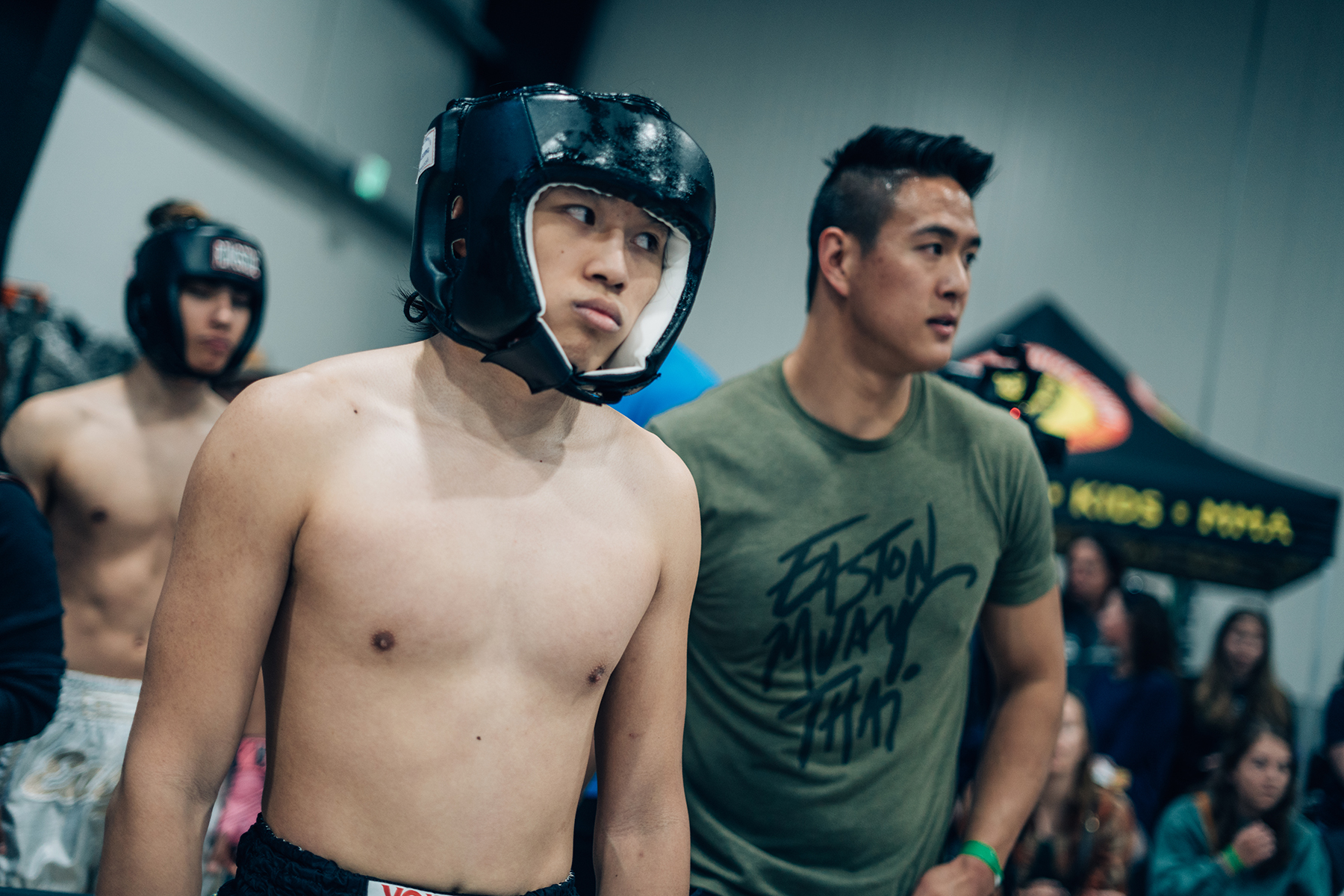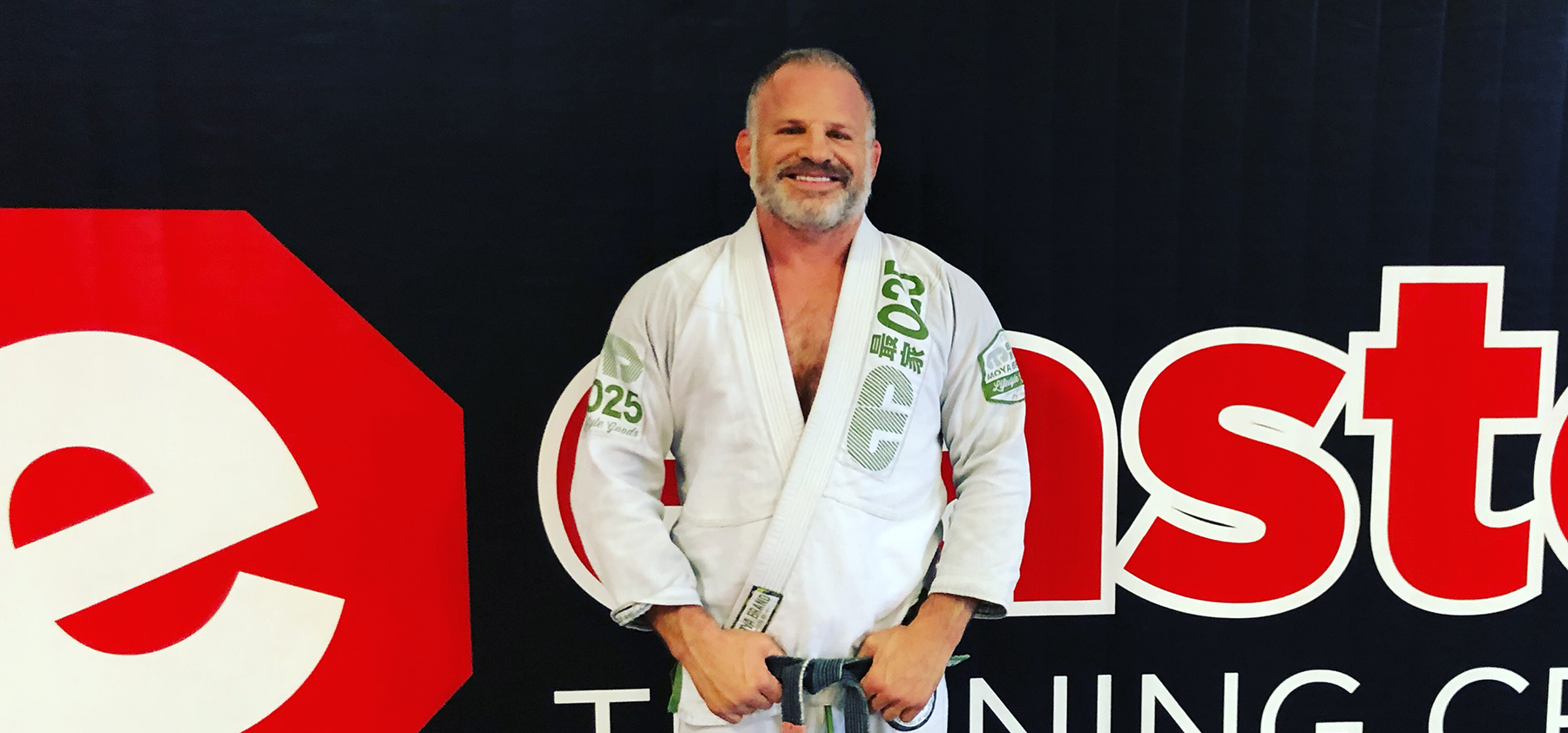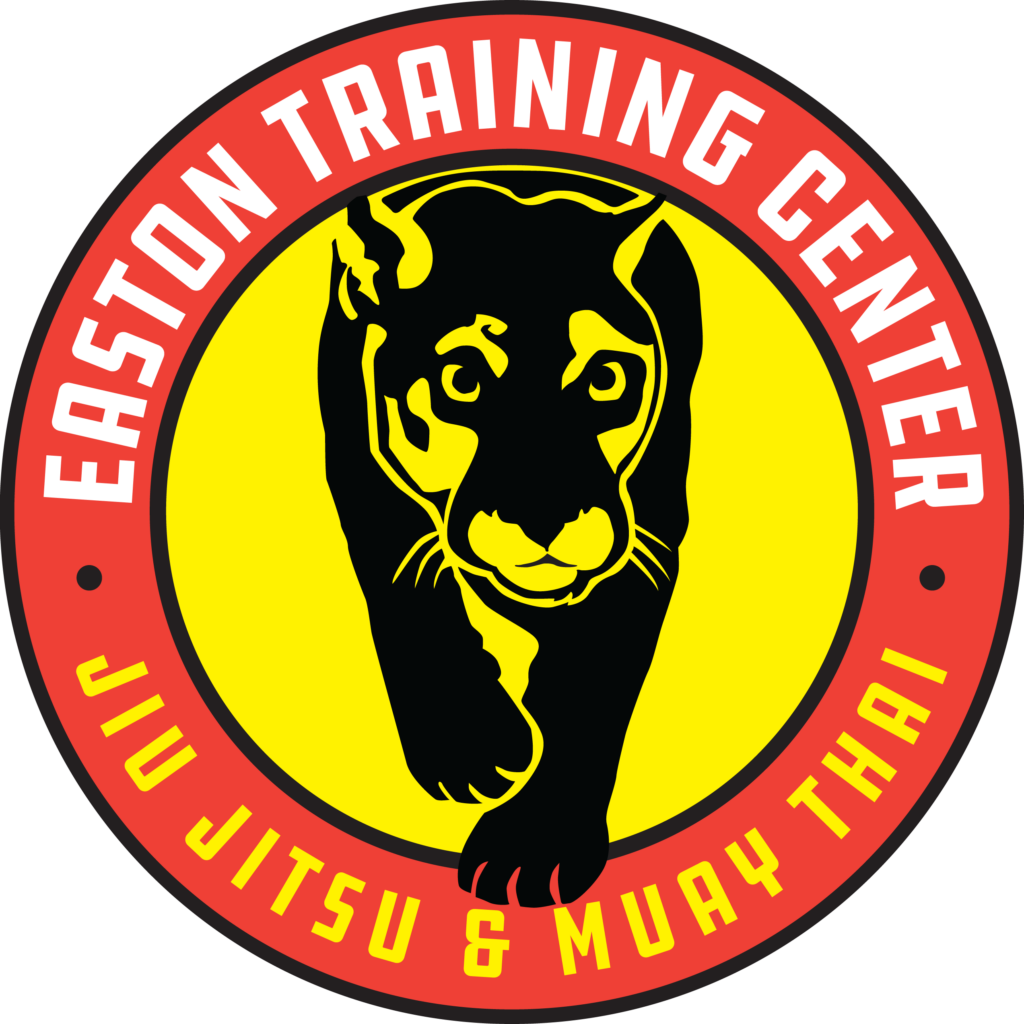The heart of identity lies in the joints of our practice. So, can you call yourself an (insert any identity here) if you don’t practice?
Can you call yourself an artist if you stopped making art? Are you a martial artist if you haven’t stepped onto the training mat in months?
While these identities can show us a way of viewing life through their practices’ lens – i.e, artistically, or through the lens of resilience – can calling oneself by a name simply stand as personal preference, or does it demand an ongoing commitment to honing the associated skills?

The answer goes back to what you want out of it in the first place. When you start to really see the benefits of a practice like Jiu Jitsu, Muay Thai or even running and language-learning, it’s because you’ve shifted your focus to somewhere deep within the practice.
The driving force becomes about how the practice itself can impact you – not simply wearing the badge. Everyone wants to identify with something, but they don’t always want to do the work to back it up. That’s why it’s so important that you show up.
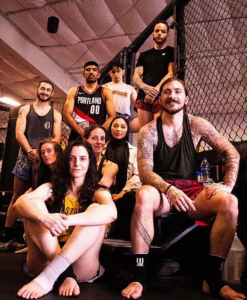 Like we learned as early as grade school, identifying with something can give you both a sense of self and that of belonging to the whole. However, in most groups (particularly those which center their focus on a level of expertise), usually one of the requirements for participation includes an active relationship with the thing at hand. To be in a ski club, you have to ski, to be in band, you have to play a musical instrument.
Like we learned as early as grade school, identifying with something can give you both a sense of self and that of belonging to the whole. However, in most groups (particularly those which center their focus on a level of expertise), usually one of the requirements for participation includes an active relationship with the thing at hand. To be in a ski club, you have to ski, to be in band, you have to play a musical instrument.
Identity, in many cases, serves more than just to label; it reflects one’s commitment to a practice and a dedication to the craft. Usually, your identity around a certain sport, profession, craft or position is tied inextricably to your practice.
The act of consistently showing up, practicing, and investing time and effort in the pursuit of mastery distinguishes the genuine practitioner from one who just wants to hop on the bandwagon. This always creates an interesting caveat with the intersection of participation and identity, but you can also always feel when someone’s just there for the cred – not for the craft.
Some people, like music groupies or the skater-adjacent kids that hung around watching skaters roll by popping ollies, join a community because they enjoy something about its players or environment. While they don’t add to the activity themselves, they feel akin to the vibe.
[Professor Lietz: Art, Martial Arts, and the Pursuit of Mastery]

The fluid, gray parts of identity
We all identify with something. We are athletes, artists, musicians, wanderers, dreamers, reliable individuals, adventurers and fighters.
Can we still call ourselves wanderers if we haven’t let ourselves travel since getting that new job four years ago? Are we still reliable if we lose our direction and start flaking on friends and partners? Perhaps the answer is ‘no’ right now, but it doesn’t have to be forever.
Some labels depend on the identity to wear them: you’re a liar only if you lie, or a bank teller if you work at a bank. So, are we an artist only if we create? Philosophically, you can argue that everything is an art; simply the way you view the world is an expression of art. Still, for some things in life, that just doesn’t work.
Martial arts, in particular, embodies this dilemma vividly. For example, when faced with a situation in the wild where you have to defend a choke, you have to actually do it. Almost doesn’t count. Only hours of drilling and practice will give you the split-second response you need to shift gears and execute the technique effectively.
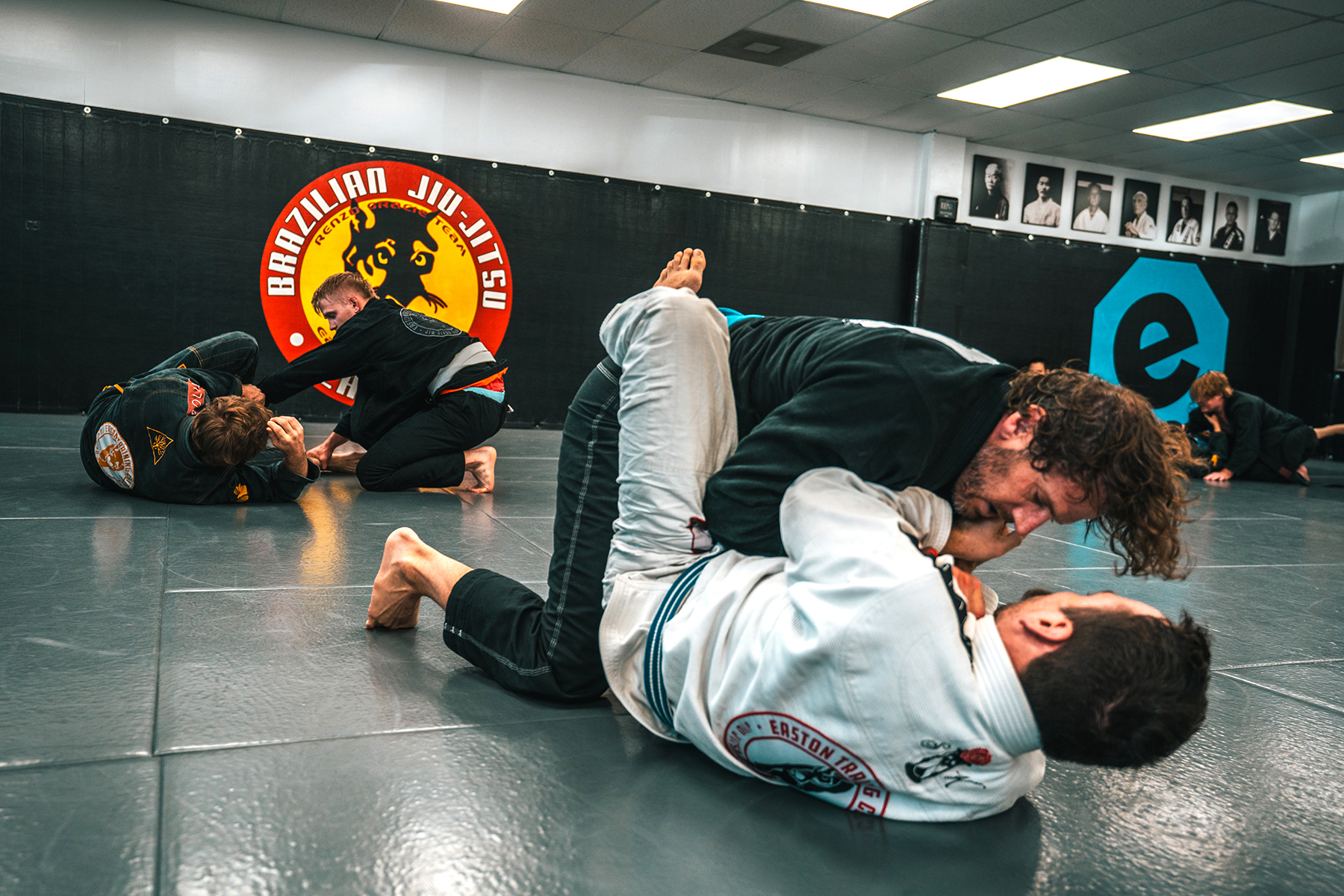
Calling oneself a martial artist isn’t merely a claim; it’s an acknowledgment of a lifestyle. The essence of martial arts lies not only in the physical techniques but also in the mental fortitude, discipline, and resilience developed through consistent practice.
Could you sculpt a face, write, public-speak or throw a punch if your life depended on it? If not, that’s fine, but if you’re going to make it part of your core identity, you probably should.
We don’t suggest this level of scrutiny to beat you down or make you feel bad about yourself. All of us have areas for improvement, and we might just get to the top level if we continue to hold each other accountable.
Martial arts reminds us that we must show up every day for our skills to improve and our confidence to grow. Martial arts lets you come as you are, then reshapes you into everything that you can be.
As long as you’re showing up, that’s over half the battle. You can come tired, angry, sad, relieved; let the mat work its magic, just come. When you start showing up regardless of how you feel or what’s going on in your life, you know the practice has seeped into the fibers of your identity.
Carving out intentional space in your schedule for the priorities in your life will not only make you feel better, it will actually give you the time you need with those practices to get some real growth done.
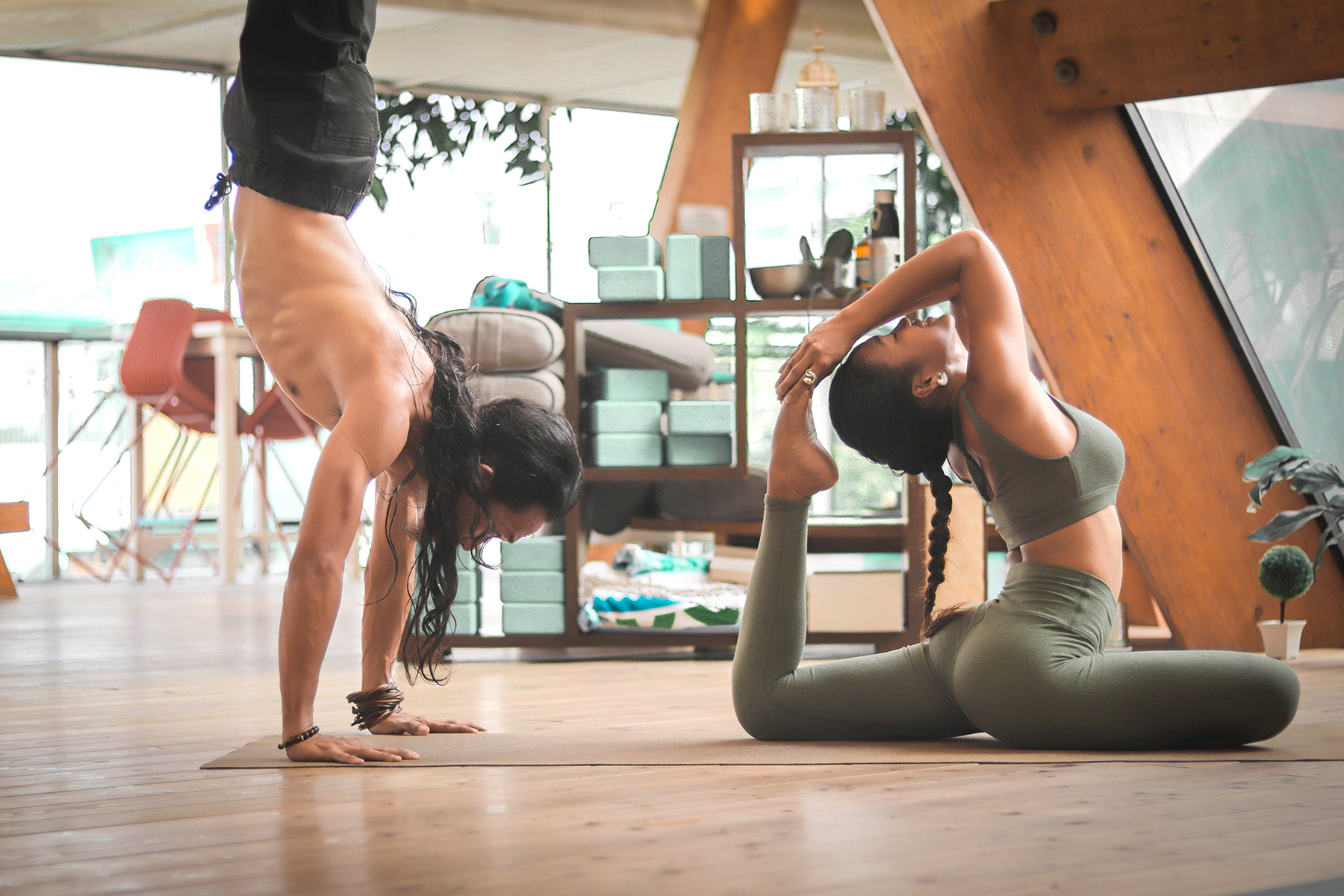
Who do you want to be? What practices do you want to define you? Do you meditate every morning or go on daily runs? Maybe you want to be someone who caps each day by reading a chapter of a book.
Sometimes, we become the person we want to be in our heads without ever making it in practice. Then we feel a sense of disconnect and disappointment, ruminating on what we wish we could’ve done. Don’t let that be you. You can become exactly who you want to be by making small adjustments to the non-negotiable things you do every day.
Letting it seep into every other aspect of your life
The beauty of martial arts lies in its transformative power. When you root your identity in martial arts, its impact will extend far beyond the training space, influencing how you approach challenges at work, relationships and personal development.
As you begin to shape your days more and more to include your martial arts practice, you’ll begin to notice the same energy appear in other aspects of your life as well. You’ll start to take on tasks you’ve been avoiding which suddenly don’t seem as scary.
You’ll start seeing doorways where before you saw walls. Call it a snowball effect or a full-body wake up, but the courage you’ll gain from simply showing up to something hard every day will begin to precede you. Things that felt just out of reach begin to seem tangible. The longer you sustain your commitment and daily discipline, the more doorways you’ll see, the deeper you’ll dig and more fluidly you’ll connect to yourself on a higher level.
Whether you’re an accountant, a farmer, a videographer or a fashion designer, the more you ground one aspect of your life in a physical, tangible practice, the more you will begin to see those other aspects of your life materialize. Apprehension to challenge begins to fade, and the added endorphins to your day will have you excited and ready to tackle your work after training.
Like a stone sharpening a blade, you are the blade and martial arts the stone. If you commit to the practice of bettering yourself through martial arts, anything you do with your body, soul and mind will be that much more battle-tested and refined.
